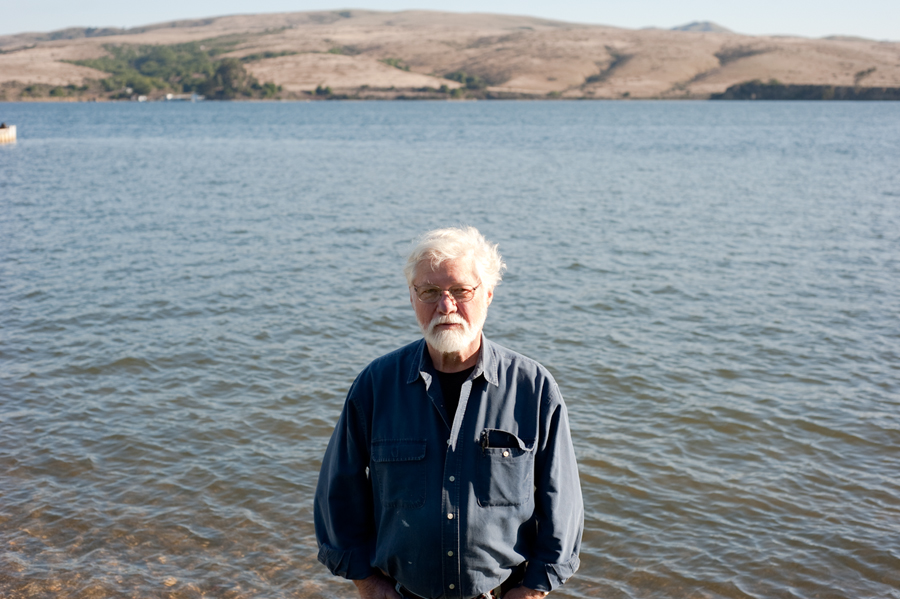With his mussed white hair, nondescript jeans and worn New Balance sneakers, John Korty manages to belie the ostentation one would associate with a . . .
After 50 years in film, John Korty is still true


With his mussed white hair, nondescript jeans and worn New Balance sneakers, John Korty manages to belie the ostentation one would associate with a . . .